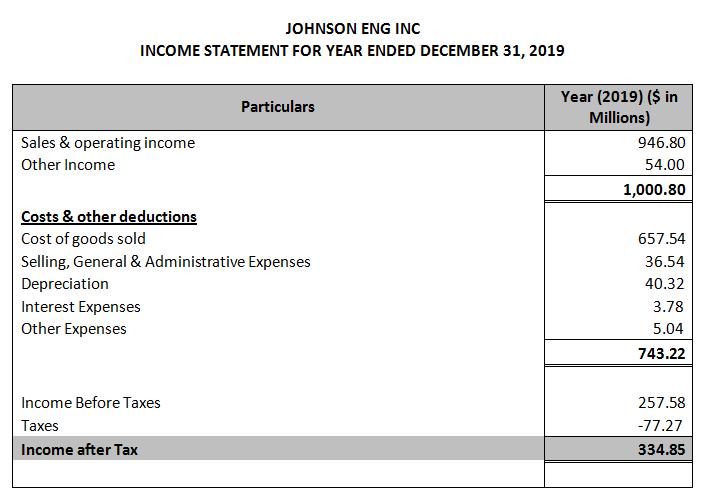


Examples are cash receipts from the sale of an entity’s own equity instruments or from issuing debt, and proceeds from derivative instruments. These cash flows are generally associated with liabilities or equity, and involve transactions between the reporting entity and its providers of capital. Financing Activitiesįinancing activities are the activities resulting in alterations to the amount of contributed equity and an entity’s borrowings. Examples of cash outflows from investing activities are cash payments for loans made to other entities, the purchase of the debt or equity of other entities, and the purchase of fixed assets (including capitalized interest). Examples are cash receipts from the sale or collection of loans, the sale of securities issued by other entities, the sale of long-term assets, and the proceeds from insurance settlements related to damaged property. These cash flows are generally associated with the purchase or sale of assets. Investing activities are investments in productive assets, as well as in the debt and equity securities issued by other entities. Examples of cash outflows for operating activities are for payments to employees and suppliers, fees and fines, lawsuit settlements, cash payments to lenders for interest, contributions to charity, cash refunds to customers, and the settlement of asset retirement obligations. Examples of cash inflows from operating activities are cash receipts from the sale of goods or services, accounts receivable, lawsuit settlements, normal insurance settlements, and supplier refunds. Operating cash flows are generally associated with revenues and expenses. Operating activities is the default classification, so if a cash flow does not belong in either of the following two classifications, it belongs in this classification. Operating activities are an entity’s primary revenue-producing activities. The use of classifications is intended to improve the quality of the information presented. In the statement of cash flows, cash flow information is reported within three separate classifications. The indirect method is used by nearly all organizations, since it is much easier to derive from the existing accounts. There are two variations on the template for this report, which are the direct method and the indirect method. The cash flows of a business are reported on the statement of cash flows.


 0 kommentar(er)
0 kommentar(er)
